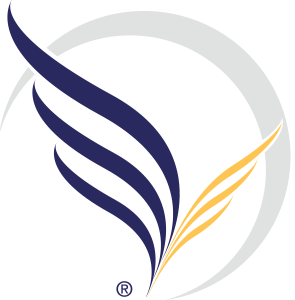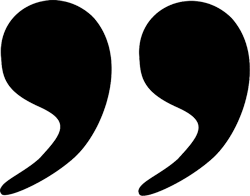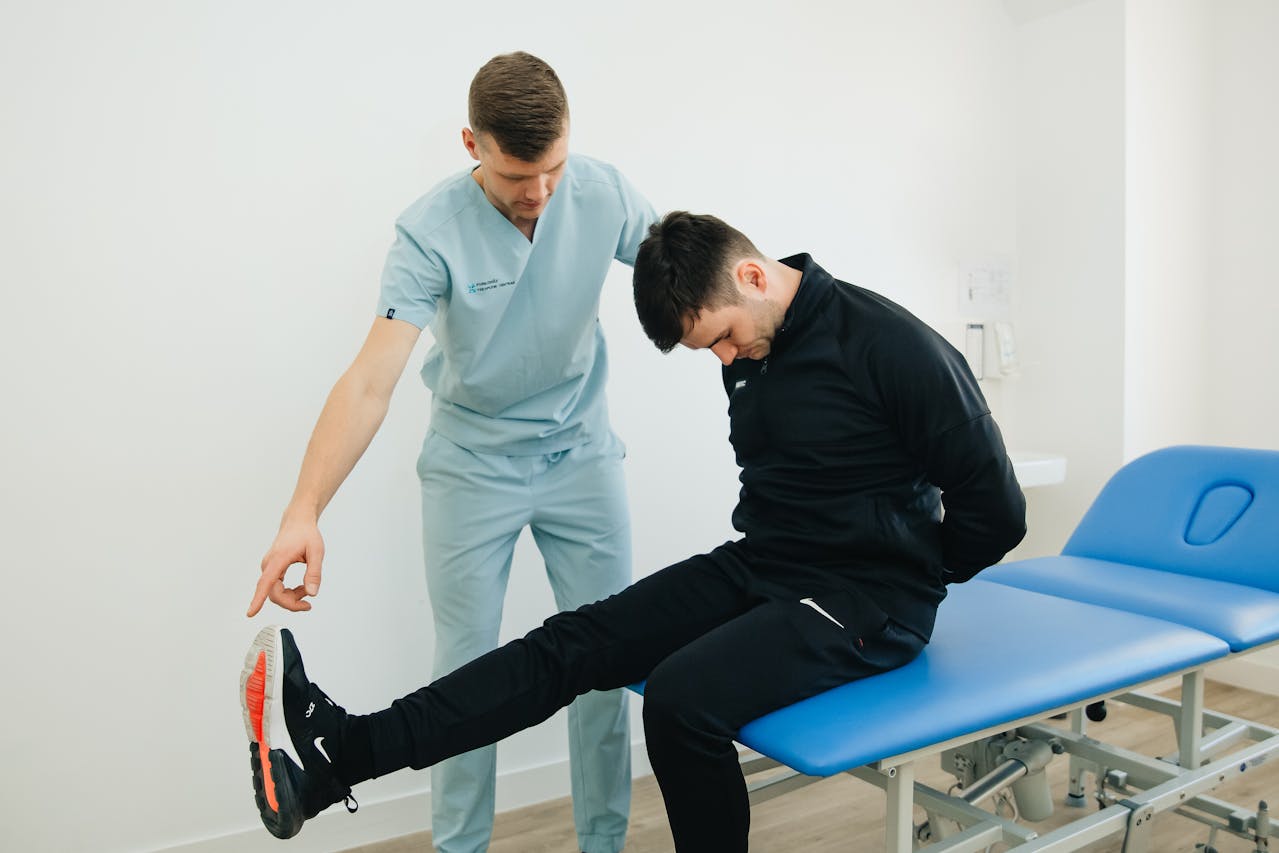Obesity and Liver Disease an Epidemic
You may have never associated obesity with liver disease and an increased risk of developing leg swelling, varicose veins, and spider veins. While these conditions may not seem related, our bodies are complex machines where every system is interconnected. In this post, we will delve into the why and how of spider veins and varicose veins that accompany liver disease. Additionally, we will introduce you to the effective treatment options for vein disease provided by Vein Specialists of the South available right here in Georgia.
For years liver disease was synonymous with long-term alcohol abuse. Recently fatty liver disease or “NASH” has overtaken alcoholism in patients with liver disease and is now the leading cause of liver failure and patients on the liver transplant list. There seems to be a link between fatty liver disease and obesity in our society.
The good news is that there are things you can do to lower your risks of NASH and treatments that may reverse it in later stages. At VSS we are advocates for patients with obesity to begin their journey to health which includes diet, exercise, and lifestyle changes. We love it when patients catch a vision of how their choices impact their health and then do something about it. As they shed their weight many formerly obese patients with obesity will begin to see their ‘hidden’ varicose veins.
How Liver Disease Affects Circulation and Vein Disease
Estrogen, a naturally occurring hormone, among many things, helps regulate the menstrual cycle in women. Liver disease, particularly cirrhosis, can cause an increase in circulating estrogen levels in men and women. This hormonal imbalance can cause symptoms like hair loss, breast enlargement, decreased libido, and spider veins.
On another level, liver disease and portal hypertension, a form of high blood pressure in the venous system of the liver affects the venous blood flow to the heart from the intestines, spleen, and the lower body and legs. As the portal vein pressure increases surrounding veins dilate to divert venous blood around the distorted veins in the liver. These “dilated varicose veins or varices” can lead to serious internal bleeding, and spider veins on the face or chest. In later stages, the increased abominable venous pressure impedes venous blood flow from the legs causing varicose veins, spider veins, and leg swelling.
What are Spider Veins?
Spider veins are tiny (<1mm), blue, red, or purple veins near the surface of the skin. They look like spider webs or tree branches thus the name. Spider veins on your legs may be linked to other health conditions, including varicose veins, blood clots, and even liver disease.
What are Varicose Veins?
Varicose veins are bulging superficial veins (> 3mm in size). You can see or feel most of your varicose veins but it is important to know about 40% of your varicose veins are ‘hidden’ and can only be seen with ultrasound. So if you have symptoms of vein disease like heaviness, aching, burning, stinging, itching, swelling, skin changes, restless legs, and leg cramps at night you should see your vein specialists to make sure you don’t have underlying vein disease.









